We use a scanner and 3D Printer for our dental impressions and models!
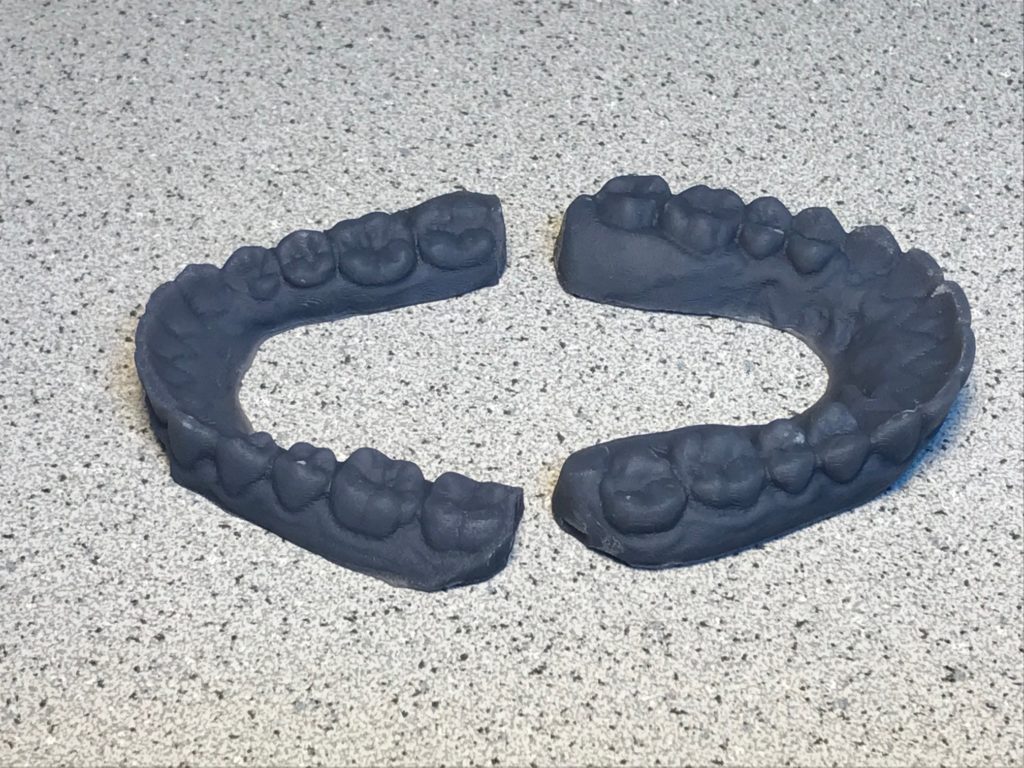
What’s so exciting about having a 3D Printer? Well, have you been to a Dentist and had to get an impression of your teeth made? They put this purple or grey colored gooey goop in your mouth that makes you almost gag. It tastes bitter and you have to leave it in your mouth until […]
More Invisalign Tips
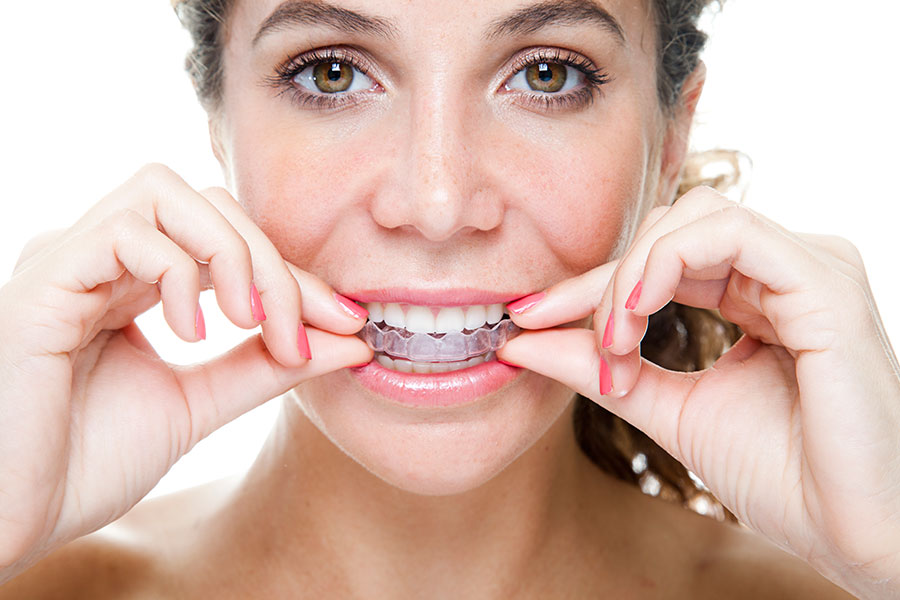
Here are some more Invisalign Tips to help you during your Invisalign treatment. Your aligners are designed to “fit” your teeth after the first few weeks of wear because this is the position in which your teeth need to move during this time period. Because of this, it is possible that you will experience some […]
Online Clear Aligners
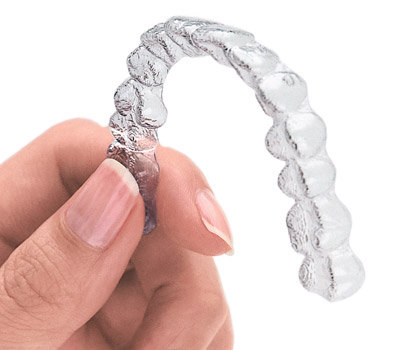
Do-It-Yourself Online Clear Aligners are being heavily advertised as an inexpensive “at-home” treatment to straighten your teeth. It is important to understand that these products are gimmicks intended to make money. The owners of these companies have little regard for patient health, quality of treatment, and they do not yield results that are acceptable to […]
How Old Do You Have To Be To Get Braces?
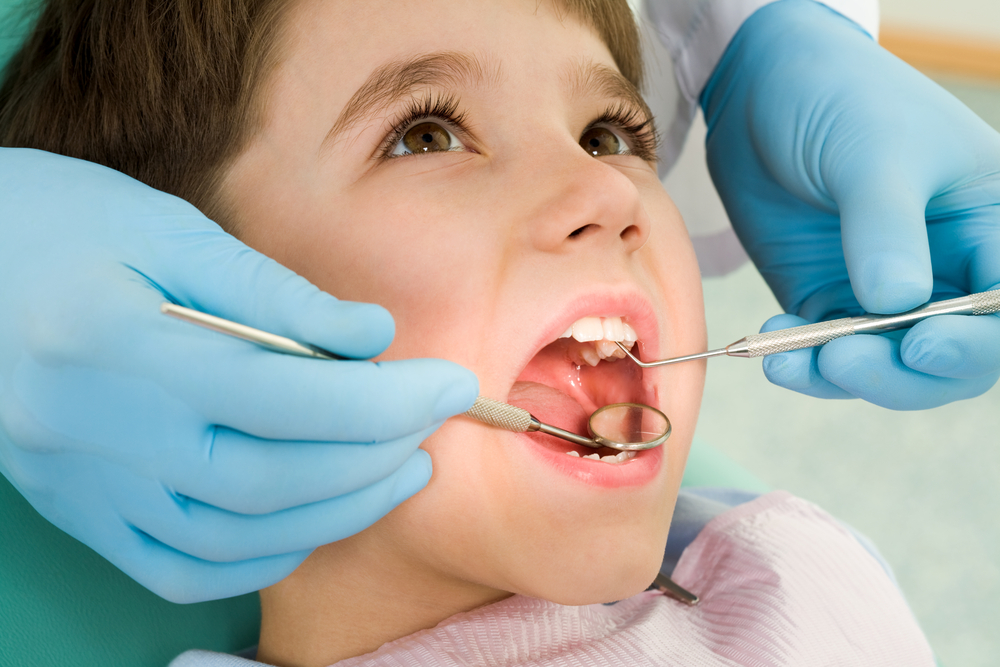
Many people are uncertain about if they should consider braces for young children and if so, at what age should they see an orthodontist for the first time? The American Association of Orthodontists recommends that children first be evaluated at age 7. You do not need a referral to schedule this appointment at A Perfect […]
Cost versus Quality

Trust Your Health and Your Smile to a Board Certified Orthodontist. We have seen many children and adults in our consultation room lately who started braces with local dental chains and have been displeased with the service in these practices, now wanting to transfer their treatment to Dr. Taylor. Often, they have invested […]
Best Braces for Adults
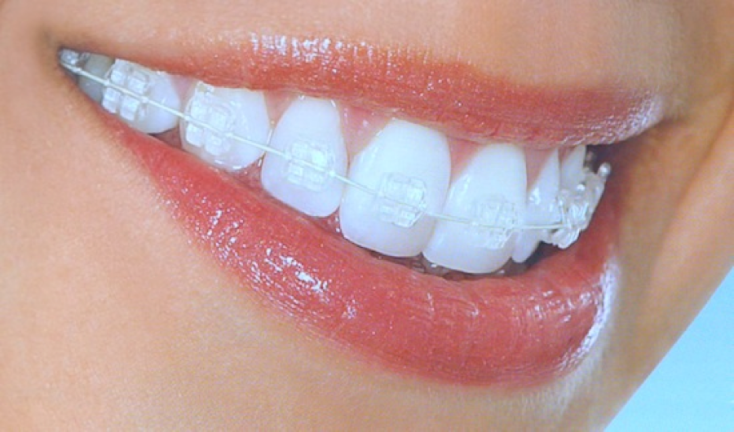
With braces there are many options to choose from, depending on your lifestyle and budget. Adults who make public appearances or interact with clients may prefer Invisalign Clear Aligners for aesthetic reasons. This treatment involves the use of clear, molded plastic upper and lower teeth trays that fit your teeth through each straightening stage, which […]
Do-It-Yourself (DIY) or At-Home Teeth Straightening – Warning
Dr. Taylor would like to warn people in need of orthodontic care about the dangers in the recent trend of at-home teeth straightening techniques. In some cases these do-it-yourself braces can cause irreparable damage to your teeth and gums. The American Association of Orthodontists (AAO) recently reported that many of its member orthodontists have seen patients who […]
Braces for Adults
You should never consider yourself “too old” for braces. Braces for adults has become quite common. In fact, approximately one out of every four orthodontic patients is an adult. And this really only represents a small portion of adults who could actually benefit from orthodontic treatment. The increase of adult braces is mostly due to the availability of more […]
FSAs and HSAs – No Need to Wait!
If you are using an FSA or an HSA to cover payments for orthodontics there is GOOD NEWS! You do not need to wait until next year to use your FSA/HSA for 2017. Any payments made by the end of the year or treatments that are started can be refunded when the FSA disperses. An […]
Financing Braces

No Interest, No Credit Check In-House Financing And did you say monthly payments as low as $99! Now that’s a Wow! Dr. Taylor and the team at A Perfect Smile Orthodontics want everyone to be able to have straight teeth and a beautiful smile. If someone needs braces and they don’t have access to […]

